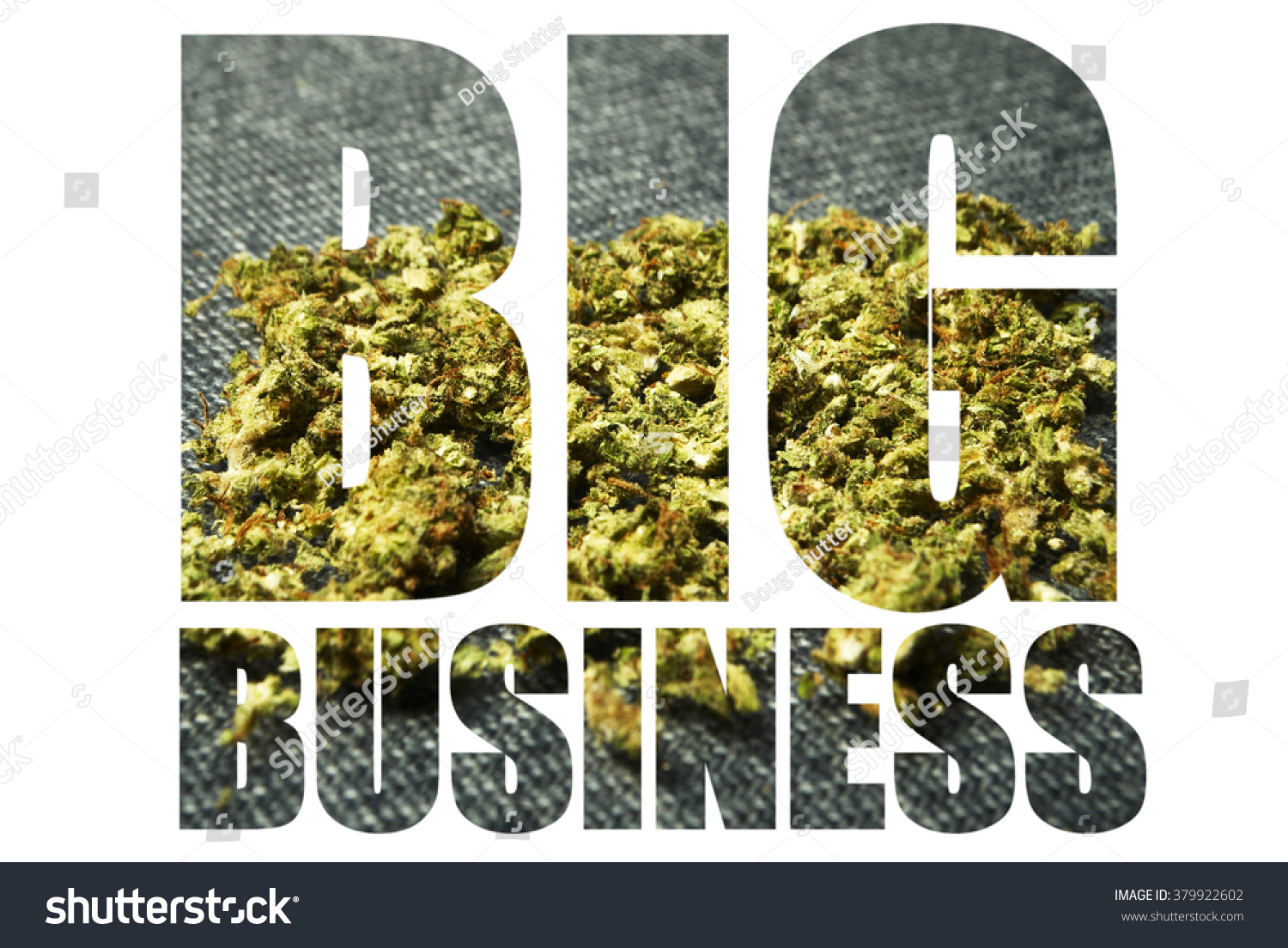Big Business. A phrase that often gives young business entrepreneurs and small business owners the chills. Large corporations have continued to dominate our market economy. Big business is not an inherently negative thing at all. But with it come a lot of issues. In essence, large companies are able to under price other businesses and have the resources to be more successful and competitive than smaller “mom-and-pop” shops can afford to be. Wal-Mart is an obvious example here. They are a company that is able to provide better prices than almost any competitor due to their size and buying capabilities. Because they have such buying power, they can work out deals for superior pricing or quantities than any smaller independent store would be able to accomplish. This is good for the consumer, who gets cheaper priced products, but then local businesses are wiped out and lose out on their regional and local impact on their communities. Quality is also a subject matter here. Often these large businesses focus solely on pleasing shareholders and increasing overall profits, opposed to delivering the highest quality product to the market.
For the marijuana industry and its “grass-roots” community, a term used by a commenter on my first blog post, quality and details are often held to the highest standards. Similar to the wine enthusiast community, the allure and passion is in the product itself. While cost and affordability are important to many people, the fine detailing in the cultivation of the plant is held supreme. A true marijuana enthusiast would spend the extra dollars at the dispensary to obtain, per se, a well-groomed sampling from a Pre-‘98 Bubba Kush plant opposed to a cheaper, inferior product. Because the marijuana industry revolves around a living plant, the possibility for inorganic growing and use of chemicals is immense. There should be a big focus on making sure that the quality and authenticity of each strain and variation is upheld and not sacrificed to large companies that may start mass-producing marijuana.
Within the marijuana industry, there is a proclivity towards innovation. Master cultivators and grow specialists constantly cross mix strains and engineer them to treat specific issues and function in a certain way. I would be afraid that should a Wal-Mart esque company step into marijuana, this innovation might be stifled to accommodate lower overhead costs. There is also a lot of pride taken with wear certain strains are sourced from and the personalized feeling associated with that. Let us use the community delicatessen vs. Wal-Mart supermarket example to explain. I can go to Wrights Deli here in Tampa, FL and get a phenomenal turkey and roast beef sandwich on pumpernickel bread with Thousand Island dressing. All the ingredients are made in house and nothing is out-sourced. They bake the bread daily, mix the sauces in the back kitchen, and slice their own oven-baked meats every morning. I can go across the street to the Wal-Mart neighborhood market and get the same type of sandwich from their deli counter. While on paper the ingredients may be the same, Wal-Mart is all about supplying that every day low price. Due to this, their materials and products and of a lower standard than Wrights Deli, who does not identify their prices with a low cost agenda. Bringing home the point here is the desire within the grass roots marijuana industry to preserve the artistry and efforts that come with mastering the growing craft. The fear, is that what many people love about the marijuana community will be lost through the commercialization of marijuana by larger corporations. The future may not hold the plethora of carefully trimmed buds and local crossbreeds, but rather standardized versions of a single strain that are mass-produced and produced for their low cost instead of their high potential for medicinal use and recreational benefits.


